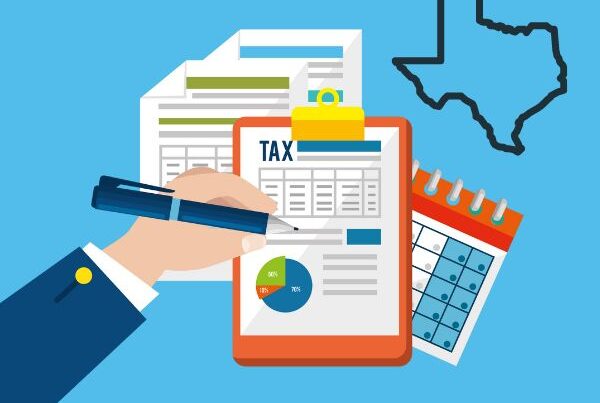“Sales tax compliance” – that phrase should be enough to get your heart racing as an ecommerce business. Frankly sales tax compliance is a royal mess for ecommerce, especially in the wake of the South Dakota v. Wayfair ruling. Let’s bring you up to speed on what the ruling means:
- Prior to the South Dakota v. Wayfair ruling (June 2018), states were only able to tax businesses based on “physical presence” and a few other laws.
- As of June 2018, the Supreme Court ruling allows states to tax out-of-state retailers based on an “economic” threshold of total revenue and/or number of separate transactions.
- For example, you will owe taxes in South Dakota if your annual sales in South Dakota exceed $100K OR your total number of annual transactions in South Dakota exceed 200.
- Laws based on these economic thresholds are referred to as “economic nexus laws”. Although not all states have them yet, many are moving quickly to take advantage.
So yes, South Dakota v. Wayfair has made sales tax compliance slightly more complicated…okay, a lot more complicated. Among other things, you will need to (1) continuously track state laws, (2) check your sales numbers with state threshold numbers, (3) potentially register and remit sales tax in multiple states where you didn’t have to before, (4) alright I’ll stop there. But you get the picture. Things got complicated, and many businesses and accountants are struggling to navigate the mess.






